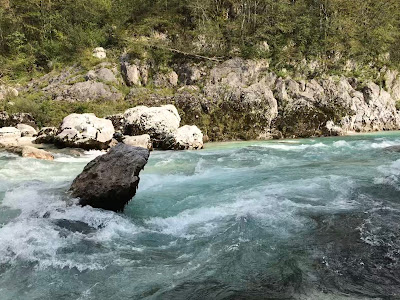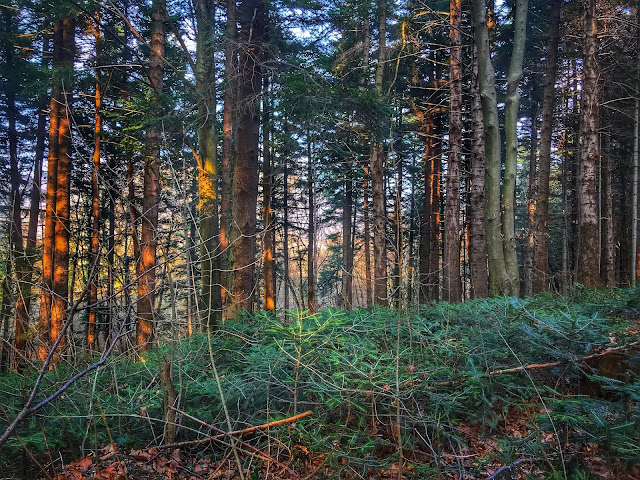Among the many beautiful spots that you can find in Slovenia there is also this stone bridge that crosses the Nadiza river.
It is called Napoleon's bridge because it was built at the time of the French Emperor's conquests, probably around 1812.
In summer the area is quite popular with people who want to enjoy the coolness of the air in the wood around the river and also a refreshing bath in its green waters.
The area is quiet and if you like you can have a short walk in the wood even though the Nadiza is more popular as a spot where you can swim rather than for walks. Its water can reach 20° in summer and since it is quite shallow it is appropriate for families with children and dogs.
You get there climbing a small staircase made of wooden steps after which you can cross a small bridge which allows you to pass over a jump in the ground and a stream which comes from the other side of the road. The bridge has only one parapet, towards the jump because on the other side the bridge is at the same level as the ground and there are some stones which are covered with moss. The green of the moss is shining because of the light of the sun on it.
The moss doesn't grow in a uniform way on the stones but it forms some stripes so that the stones look like faces of goats, with ears and beard :)


























































